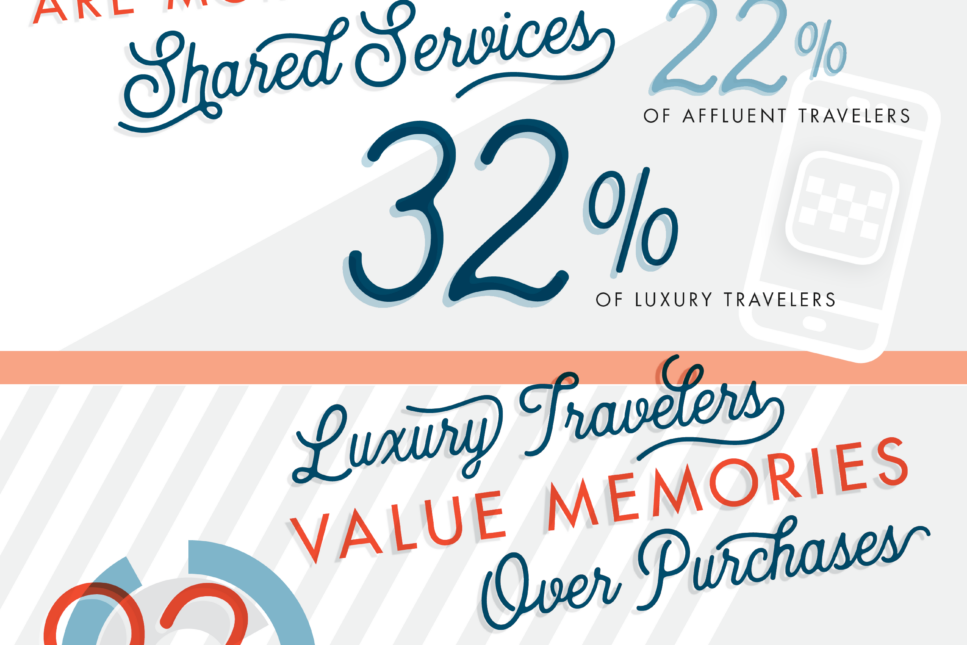Travel marketers focus a great deal of energy and budget on reaching affluent households. However, there may be a flaw in how many marketers design and implement their strategy. Simply because a household earns a higher household income doesn’t mean they will necessarily spend more money on vacations. From cars to furniture to home electronics to real estate, there are a wide variety of options for how affluent Americans can choose to allocate their spending.
In fact, of the estimated 22.1 million American households with annual earnings of at least $125,000 (our working definition of affluent Americans), 11 percent didn’t take a single vacation during the past 12 months. In other words, despite their ample discretionary income, this segment of the more affluent population simply doesn’t travel.
Furthermore, among affluent travelers who took at least one vacation, not all are spending their discretionary income on high-end travel experiences. Said another way, not all affluent travelers are luxury travelers. Luxury travelers – affluent travelers who believe it’s worth paying more for the very best quality for both vacation accommodations and transportation – only make up 36 percent of affluent travelers.
Luxury travelers, the most promising affluent segment for travel marketers, represent 11 percent of all American travelers. During the past 12 months, these 6.7 million traveling households took 40 million vacations and spent $67.5 billion on leisure travel.
The infographics below illustrate key facts about luxury travelers. For more information on luxury travelers, please subscribe to the 2017–2018 Portrait of American Travelers®.


